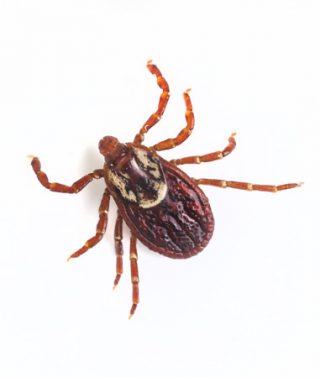
Advances in the fight against Lyme and other tick-borne diseases are only accomplished through research. Global Lyme Alliance (GLA) is delighted to announce that it has received a record number of applications for 2016 research funding. This year there were 31 grant requests, an 80 percent increase over the previous year.
“There are many deserving Lyme and tick-borne disease research scientists who are anxious to contribute to the understanding, diagnosis and treatment of Lyme, but it’s brutally hard to get federal funding,” said Dr. Harriet Kotsoris, GLA’s Chief Scientific Officer. “The financial support that GLA provides makes research possible and gives hope to thousands afflicted by Lyme and other terrible tick-borne illnesses.” This year’s applications are from researchers at top-tier universities in the United States and Australia, France, Switzerland and the United Kingdom. GLA’s prestigious Scientific Advisory Board (SAB)—an assemblage of the nation’s top tick-borne disease researchers and clinicians— reviewed the grant applications and determined which research proposals have the best prospects of delivering measurable results and the greatest impact on diagnosis, treatment and prevention. “We could not be more excited about the proposals we have received,” said Scott Santarella, GLA’s CEO. “GLA is dedicated to identifying, evaluating and funding the very best research out there for Lyme disease and we hold our researchers accountable for delivering quality results.” Both Santarella and Dr. Kotsoris said they were particularly impressed by the quality and innovative approaches of this year’s applications. “The areas of research interest were diverse, yet it’s clear that the tick-borne disease academic research community is zeroing in on unraveling the complexity of this illness,” said Dr. Kotsoris, SAB chair. Lyme disease now infects more than 329,000 people in the U.S. each year. It has been identified in every U.S. state and 80 foreign countries. Last year the National Institutes of Health spent $24 million on Lyme research. However, it spent almost twice as much for West Nile virus, a mosquito-borne illness, with less than 2,000 reported U.S. cases. Hepatitis C virus infection, now a curable disease, received $96 million in funding. GLA offers one grant cycle each year. Requests for Proposals (RFPs) are issued every June and applications must be aligned with GLA’s mission of study, prevention, basic science, diagnostics and treatment of Lyme and other tick-borne diseases. GLA will announce the 2016 grants recipients in December.
